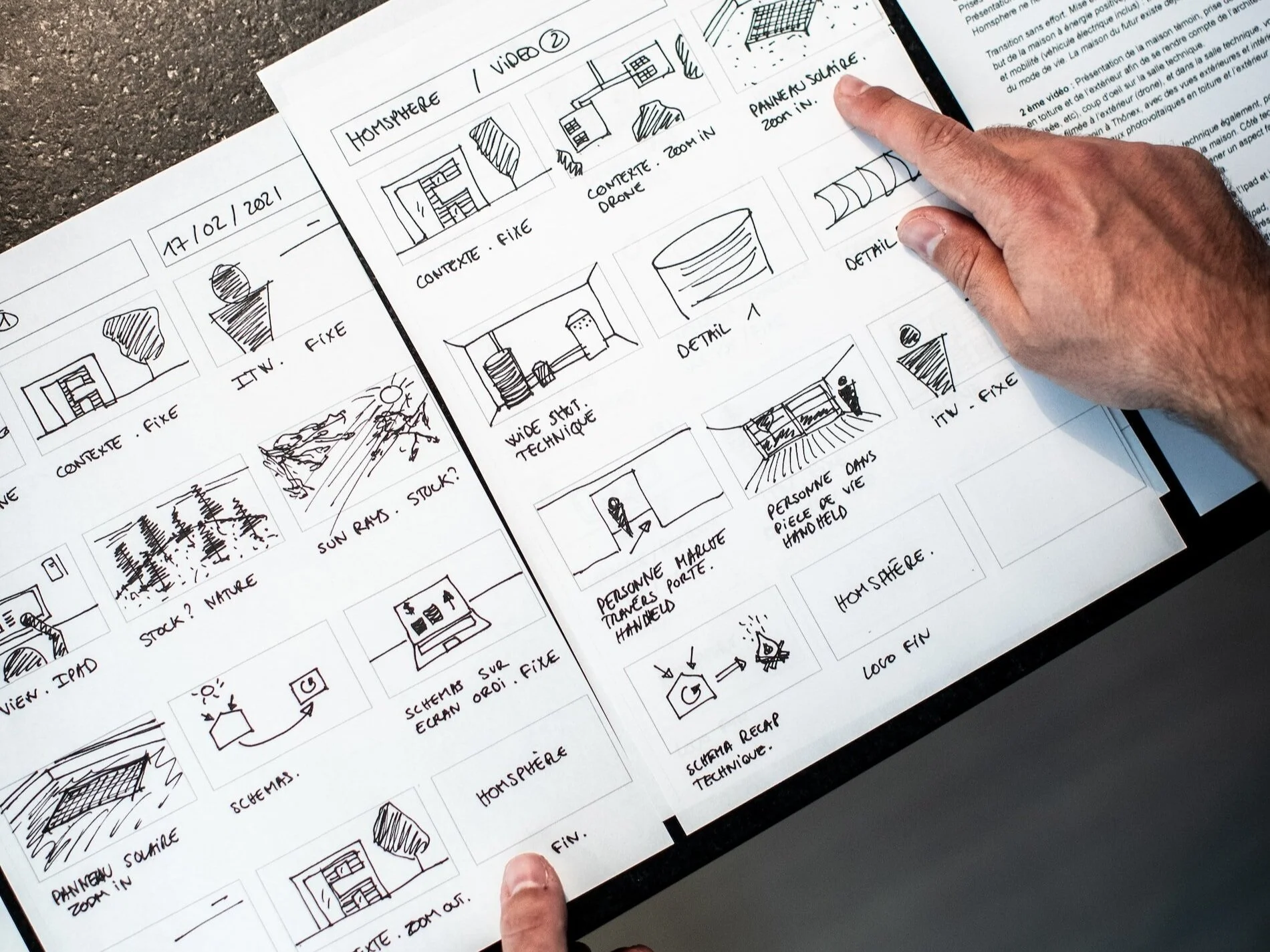The Importance of Pre-Visualization in Low-Budget Films
Welcome, fellow independent filmmakers, to another exciting journey into the world of filmmaking! Today, we're diving into a crucial aspect of the filmmaking process: pre-visualization. While big-budget productions often have extensive resources, low-budget filmmakers need to get creative to achieve their vision. That's where pre-visualization becomes your secret weapon.
What is Pre-Visualization?
Pre-visualization, or "pre-vis" for short, is the process of planning your film's visual elements before you even step onto the set. It involves creating a roadmap for your shots, camera movements, lighting, and overall visual style. Think of it as the blueprint for your film.
To illustrate the point, let's look at the work of legendary cinematographer Emmanuel Lubezki, known for his collaborations with directors like Alfonso Cuarón and Terrence Malick. In Cuarón's masterpiece, "Children of Men," Lubezki's pre-visualization played a pivotal role. The iconic long takes, like the car ambush scene, were meticulously planned and rehearsed, allowing the crew to maximize their limited resources and create stunning visuals.
Saving Time and Money
One of the most significant benefits of pre-visualization for low-budget films is the potential to save time and money. When you have a clear plan in place, you reduce the need for costly reshoots and wasted hours on set.
Consider the case of Robert Rodriguez's "El Mariachi," made with a budget of just $7,000. Rodriguez, who served as his own cinematographer, storyboarded the entire film extensively. This pre-visualization not only helped him stay on budget but also ensured that every shot counted, making the most of his limited resources.
Enhancing Collaboration
Filmmaking is a collaborative art, and pre-visualization enhances this collaboration by providing a common vision for everyone involved. It's your chance to communicate your ideas effectively to your team.
Christopher Nolan, known for his intricate narratives and stunning visuals in films like "Inception," is a director who understands the value of pre-visualization. He often works closely with cinematographer Wally Pfister and uses pre-vis extensively to convey his complex ideas. This level of preparation allows his team to execute their vision with precision, even on tight budgets.
Crafting Your Visual Style
Every film has a unique visual identity that contributes to its storytelling. Pre-visualization helps you define and refine your film's visual style, ensuring that every frame serves your narrative.
Consider Wes Anderson, whose distinctive visual style is a hallmark of his films like "The Grand Budapest Hotel." Anderson's meticulous attention to detail and use of symmetry are all part of his pre-visualization process. By planning every shot and set design in advance, he maintains his signature style, even when working on limited budgets.
Adaptation and Flexibility
While pre-visualization is essential, it's equally crucial to remain adaptable. Sometimes, on low-budget shoots, unexpected challenges arise, and you may need to deviate from your original plan. However, having a strong pre-visualization in place gives you a solid foundation to work from and helps you make informed decisions on the fly.
Take the Coen Brothers' film "Fargo" as an example. Cinematographer Roger Deakins used pre-visualization to plan the film's stark, snow-covered landscapes. But when they arrived on location in Minnesota, they encountered a lack of snow. Deakins had to adapt his pre-planned shots, making use of the limited snow available. The result? A visually striking film that still adhered to their original vision.
In the world of low-budget filmmaking, pre-visualization is your invaluable tool for turning limitations into opportunities. It saves you time and money, enhances collaboration, defines your visual style, and offers flexibility when needed.
Remember, some of the most iconic moments in film history were born out of meticulous pre-visualization. Whether it's the long takes of "Children of Men" or the visual whimsy of Wes Anderson's films, pre-visualization is the key to making your vision come to life, regardless of your budget.
So, next time you embark on an independent filmmaking journey, make sure to invest the time and effort into pre-visualization. It's the secret weapon that can take your low-budget film from good to great. Happy filmmaking!




